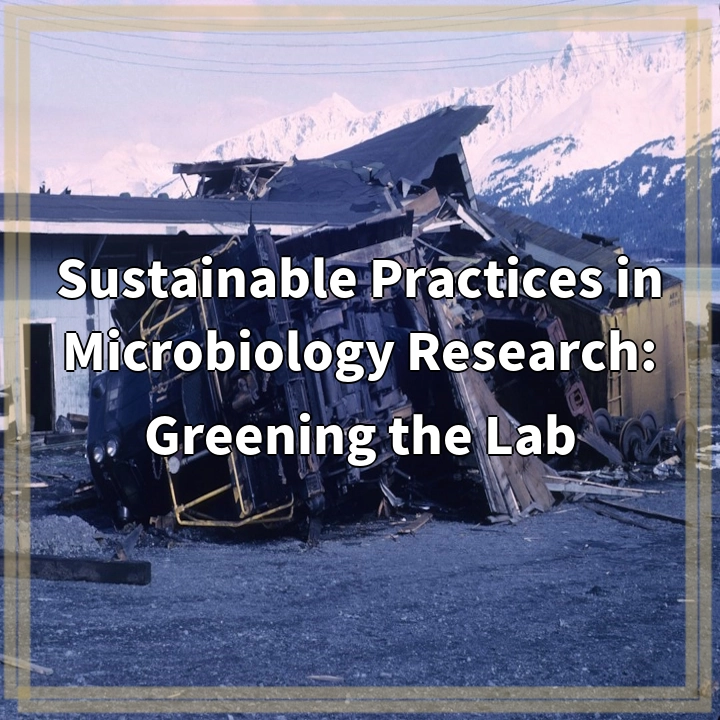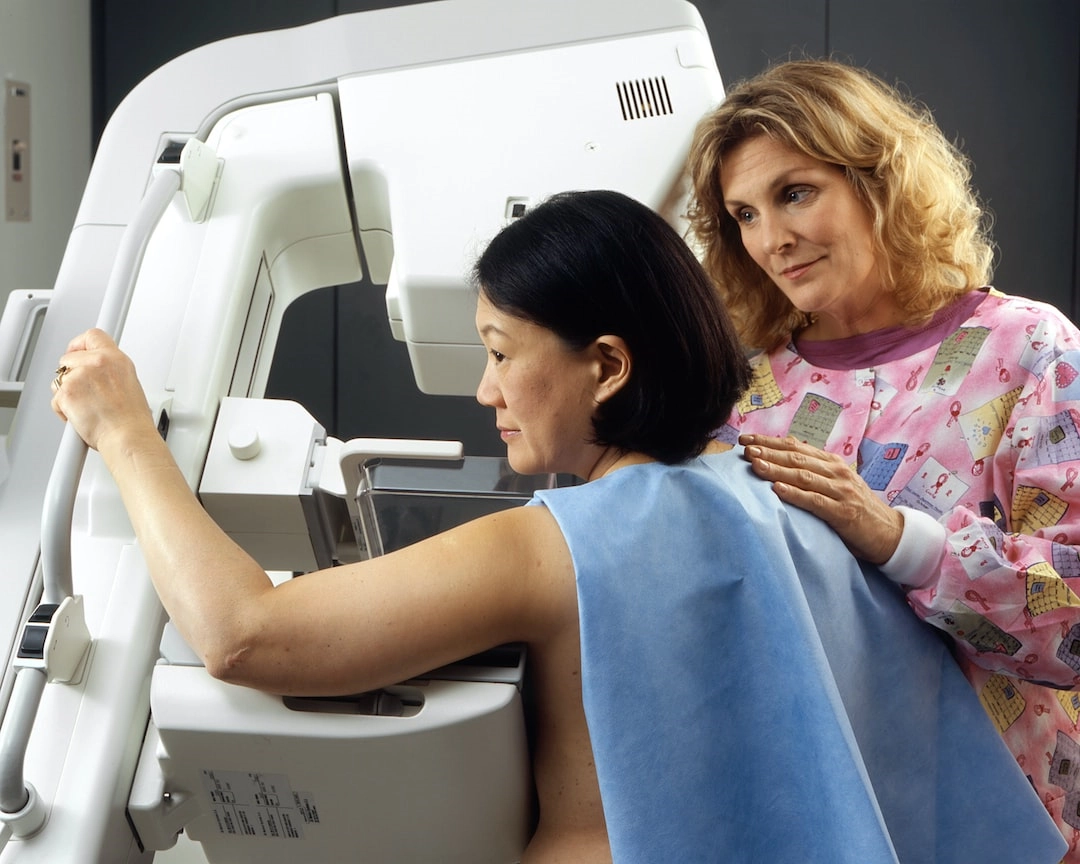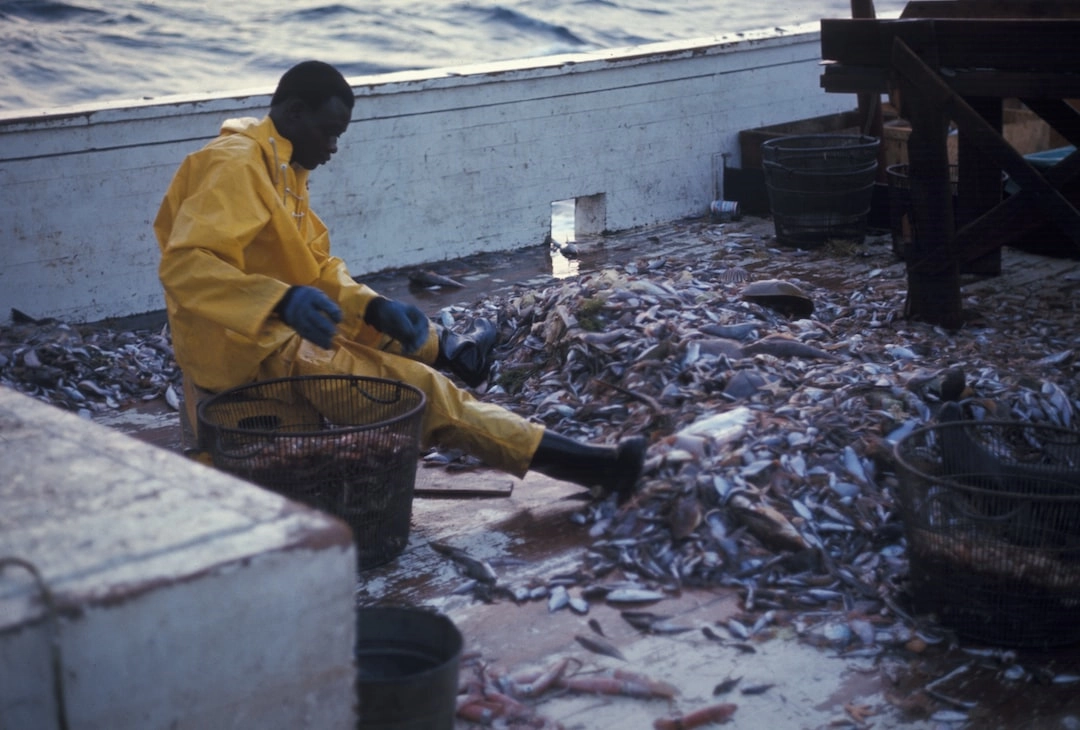
What is Sustainable Practices in Microbiology Research: Greening the Lab?
Sustainable practices in microbiology research, also known as greening the lab, refers to the implementation of environmentally friendly approaches in laboratory settings engaged in microbiology research. This encompasses the adoption of sustainable strategies and technologies aimed at reducing the ecological footprint of research activities, minimizing waste generation, and promoting resource conservation.
Real-World Problems Associated with Greening the Lab
While microbiology research plays a crucial role in advancing scientific knowledge and technological advances, it can also contribute to several environmental challenges. Without proper sustainable practices in place, laboratory operations can lead to the following real-world problems:
1. Hazardous Waste Generation
Microbiology research laboratories often generate significant amounts of hazardous waste, such as chemical reagents, solvents, and contaminated equipment. Improper disposal or mishandling of these wastes can pose risks to human health and contaminate the environment. Greening the lab aims to minimize and manage these hazardous waste streams through proper containment, storage, and disposal methods.
2. Energy Consumption
Laboratories consume a substantial amount of energy for running equipment, maintaining temperature-controlled environments, and powering ventilation systems. This high energy demand contributes to greenhouse gas emissions and overall energy consumption. Greening the lab focuses on optimizing energy efficiency by employing energy-saving equipment, implementing proper insulation, and adopting smart controls and scheduling practices.
3. Water Usage and Conservation
Water is a critical resource in microbiology research laboratories, used for tasks such as autoclaving, cleaning, and sample preparation. Excessive water usage can strain local water supplies and increase water treatment requirements. Sustainable practices promote water conservation measures, including the recycling and reuse of water, implementing low-flow fixtures, and adopting water-saving techniques in laboratory operations.
4. Laboratory Material Waste
Research laboratories often generate substantial amounts of plastic waste from disposable consumables such as pipette tips, Petri dishes, and culture flasks. Improper disposal of these materials can contribute to plastic pollution and harm wildlife and ecosystems. Greening the lab focuses on reducing, reusing, and recycling laboratory materials, as well as selecting alternatives to single-use plastics.
5. Chemical Usage and Management
Microbiology research often requires the use of various chemicals, some of which may be hazardous to human health and the environment. Suboptimal handling, storage, and disposal of chemicals can lead to contamination and pollution incidents. Sustainable practices in microbiology research emphasize safer alternatives to hazardous chemicals, proper chemical storage, inventory management, and adherence to chemical waste disposal protocols.

Solutions for Greening the Lab: Sustainable Practices in Microbiology Research
To address the real-world problems associated with microbiology research and promote sustainability, several solutions can be implemented in laboratory settings. These solutions aim to minimize waste generation, reduce energy consumption and water usage, and promote responsible chemical and material management. Here are some key strategies:
1. Hazardous Waste Management
Implement proper waste segregation, labeling, and disposal protocols. Train lab personnel on safe handling procedures, and ensure the availability of appropriate waste storage and disposal facilities. Consider implementing green chemistry principles and alternatives to hazardous materials whenever possible.
2. Energy Efficiency
Optimize equipment usage by powering off unused instruments and using energy-saving features. Upgrade to energy-efficient equipment and consider utilizing natural lighting or LED bulbs. Implement smart controls and scheduling to maximize energy efficiency in lab operations.
3. Water Conservation
Promote water-saving practices such as turning off taps when not in use, utilizing recycled water for non-critical tasks, and repairing leaky fixtures. Implement water-efficient equipment and adopt automated systems for watering plants or culture maintenance.
4. Waste Minimization and Recycling
Reduce the use of disposable plastics by utilizing reusable or recyclable alternatives. Implement waste segregation systems to separate recyclable materials. Encourage the use of eco-friendly products or opt for suppliers with sustainable packaging options.
5. Responsible Chemical Management
Regularly review chemical inventories and safely dispose of expired or unused chemicals. Use greener alternatives to hazardous chemicals whenever possible. Ensure access to proper ventilation and personal protective equipment to minimize exposure risks.















